The continuous development of laser technology has revolutionized many areas of our lives in the past decades. The most direct influence on the individual is thanks to advancements in laser technology for medical or cosmetic applications. If you want to ensure optimal results, you have to know – and measure – critical laser parameters.
The range of laser applications in the field of medicine and aesthetics is vast and varied. This diversity is made possible by the numerous types of lasers that have been developed or enhanced over the past decades. Throughout the process — from the designing of new laser systems to their application on humans — the parameters of the laser beam must be tested repeatedly. The options are manifold, and developments in this area are progressing rapidly.
Measuring the power or energy of the laser beam
In many applications, measuring the laser’s power (expressed in watts) or its energy (in joules) is the first step to checking whether the laser beam meets the requirements.
To measure the laser power of continuous-wave lasers or the laser energy of a single pulse in pulsed lasers, one can use photodiode sensors or thermal sensors.
The thermal sensors has a series of bi-metallic junctions. When the laser beam hits the sensor surface, a temperature difference arises between the two metals, which in turn creates a voltage. Since the connecting points are in series, with the “hot” points located on the inside and the “cold” ones on the outside, a radial heat flow occurs across the disc. The voltage generated is proportional to the input power.
Thermal sensors can measure laser powers from fractions of milliwatts to thousands of watts. This method is frequently used in quality testing, for example, to determine the power of solid-state lasers used for surgery, or of diode lasers used for hair removal, as these are usually operated at higher powers.
Photodiode sensors, on the other hand, are suitable for lower powers ranging from picowatts to just a few watts. They are based on a semiconductor that generates a current proportional to the light intensity and which exhibits linearity over a wide power range. High-quality photodiodes often employ an additional filter here, which reduces the light intensity and thus makes it possible to measure higher powers. Photodiode sensors are used today in clinical settings, for example, by medical technicians to check that a laser is functioning correctly for ophthalmological applications.
For measuring pulsed lasers, pyroelectric sensors are usually best suited. They utilize a pyroelectric crystal that generates an electrical charge in proportion to the heat absorbed. The two metallic surfaces of the crystal “accumulate” the charge and load a capacitor that is connected in parallel with the crystal. The pulse energy measured in this way is read out, and then the next pulse is measured. When equipped with special diffusers, these sensors can also be used, for example, to measure pulsed solid-state lasers with higher power densities, such as those used in dermatology.
Depending on the area of application, multiple options are available for outputting the measurement data from the respective sensors. The results can be sent directly to different handheld display devices or exported to a connected PC via a compact interface adapter.

Analyzing the laser beam profile
Numerous medical applications require other parameters to be known in addition to the power or energy of a laser beam. Especially for sensitive applications in dermatology, ophthalmology or surgery, it is essential that the beam adheres to the specified profile.
Camera-based imaging technologies are usually used here: CCD or CMOS cameras are intelligently combined with optical components and powerful software.
Today, high-quality, camera-based beam profilers can even reliably measure tunable lasers that are adjustable from UV to IR. On the one hand, the camera resolution should be taken into account: If, for example, a homogeneous energy distribution in the laser beam is required for an application in dermatology, the camera resolution must be correspondingly high. Otherwise, the power peaks simply do not show up. On the other hand, the quality of the software used determines the accuracy of the calculated parameters. MKS Instruments uses its own patented algorithm for Ophir beam profilers, which enables measurements of the laser beam parameters according to the ISO11146-3 standard.


Criteria for deciding which measuring device to choose
In order to determine the which sensor is suitable, it is essential to first collect the specifications of the laser. Only then can one know which measuring device is appropriate. The following parameters are crucial:
- Which wavelength should be measured?
- What is the diameter of the laser beam?
This value is of critical importance, as it determines the size of the aperture. Ideally, the aperture size should be selected such that no additional beam-reducing or beam-widening optics is required. The sensor surface should be at least 10% – but ideally 30% – larger than the beam diameter.
- What power range?
If the quantity to be measured is the average laser power for a continuous-wave laser, the expected power must roughly correspond to the power range of the sensor. The irradiation duration must also be known in order to ensure proper heat dissipation on the sensor. - Is it a pulsed laser?
In the case of pulsed lasers, the pulse rate and the pulse width are also decisive for selecting the right sensor.
In fact, picking a measuring device for laser measurement can be very complex. Ophir offers various calculators on its website to help you draw up a short list of candidates. Especially in medical applications, it is always advisable to contact the manufacturer’s experts. In addition to the standard sensors, many companies take the option of having sensors adapted to individual needs as OEM parts.
Calibration provides surety
Once the decision for the appropriate measurement technology has finally been made, there is one more thing to consider: The measuring devices must also be checked regularly. In the case of a power or energy meter, the sensor is recalibrated.
For this purpose, the sensor is sent to the manufacturer’s laboratory and compared by the on-site experts against a silver master that can be traced back to PTB or NIST standards. Since, before each calibration, the sensor is measured in an input check, the customer also receives a report about the device’s pre-adjustment status quo.
If the values regularly deviate by too much, the interval between calibrations can (or should) be shortened accordingly. With camera-based measurement solutions, the camera itself is tested and recertified. Regular calibration and/or recertification guarantees fulfillment of the corresponding documentation requirements.

In summary
The use of lasers directly on humans requires the utmost of care, so this demands rigorous review of the relevant parameters. The development of measurement technology for lasers plays just as important a role as the innovations in the lasers themselves. New coatings and filters for the sensors, as well as the constant updating and enhancement of the software, make decisive contributions to the safe application of laser technology in medicine.
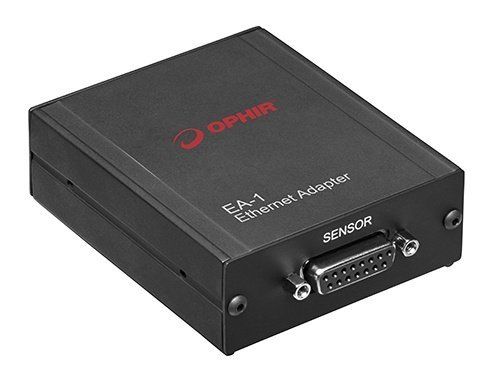
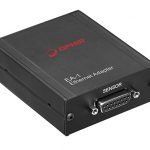


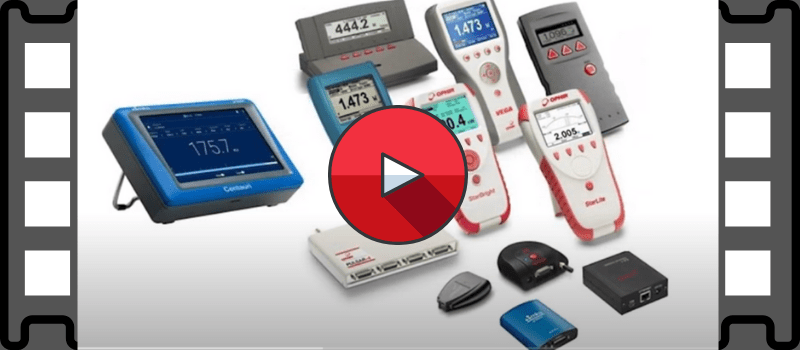
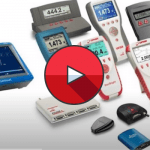
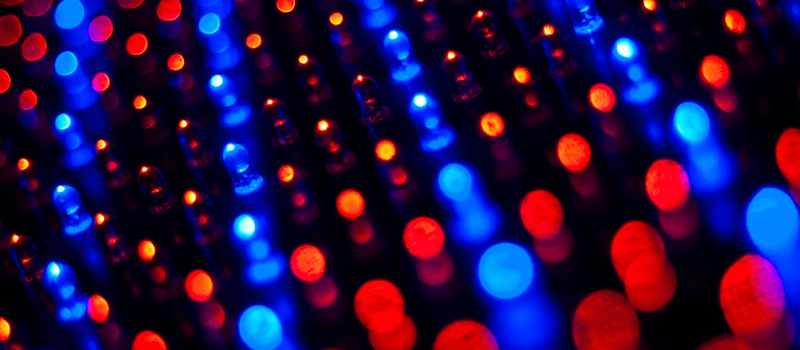
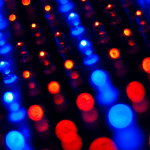




Leave a Reply
Your email address will not be published. Required fields are marked *